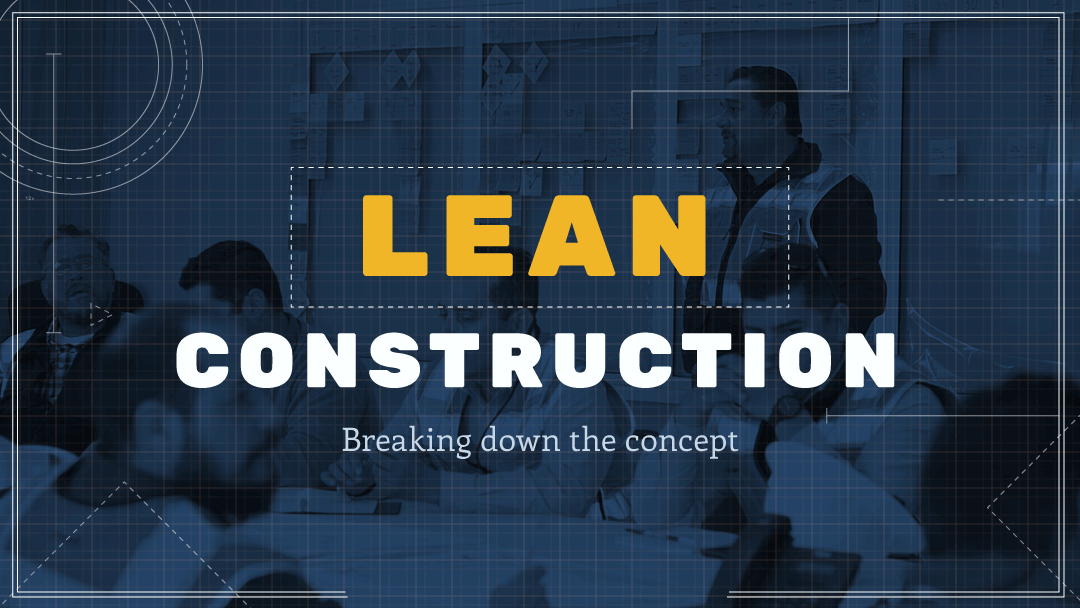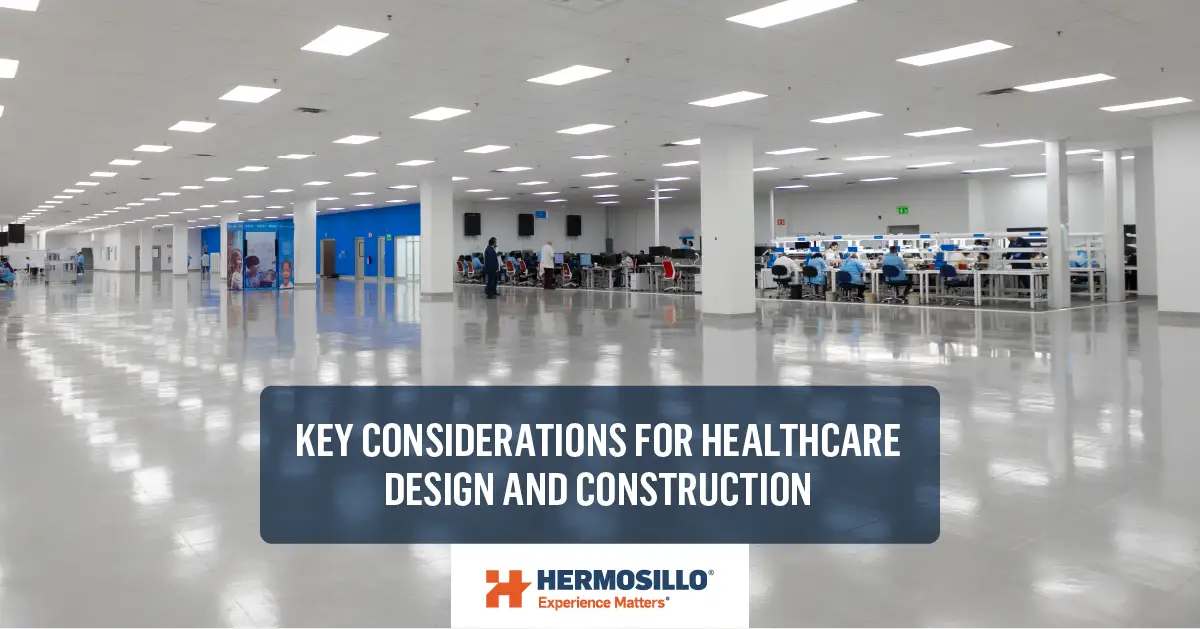
Where does Lean Construction Come From?
To define Lean Construction, we must talk about where it all came from. The first lean activities started in the manufacturing industry, specifically in automotive, when F.W. Taylor and Henry Ford created the first industrial production line which established a continuous workflow that helped reduce production time significantly.
Despite being a big step for the industry, it wasn’t until the 1950s that Toyota introduced its ground-breaking methodology known as the Toyota Production System. In the words of its creator Taiichi Ohno, its objective was “to produce the right product at the right time in the right quantity for the customer and to produce exactly what you need and nothing more. ”
Basically, Toyota set itself apart by creating a production model so efficient that its mindset has inspired a whole new set of ideas by focusing on customers’ expectations and rethinking their entire production system.
Said system was pursuing low costs, high quality, and high variety, therefore, being able to respond to customers’ desires at a very fast rate. Toyota was able to introduce car personalization when the industry didn’t think it was possible. All of that is by looking for better ways to do things.
Due to the success of the Toyota Production System in manufacturing, the construction industry has adopted the main principles and lean techniques that pursue the same purpose: increase value and eliminate waste.
Terms like waste, value, and flow were introduced, and although lean construction may vary widely from manufacturing due to obvious industry differences, the essence is the same. Both look for continuous optimization, collaboration, and learning while focusing on people, flow creation, and removal of things that don’t add value. More on this shortly.
What is Lean Construction?
We mentioned some interesting terms above like people, value, waste and continuous optimization, which are key to understanding what is the foundation of Lean Construction.
People are key
Well, a construction project involves two main audiences: the client and the contractor. To build something, you need a team with a large set of different abilities. Therefore, you have, the design team, the construction team, the purchasing area, subcontractors, and so on.
Everyone has their deadlines, goals, and compromises to deliver a quality product for their client. This means that the overall result of the final product largely depends on the integral performance of all these teams. And that’s when lean thinking is key.
In order to coordinate and work holistically, we need to plan and respect each other’s timelines, goals, and workload, to deliver the product just like it was promised. Lean thinking helps us to focus efforts and resources only when it’s needed to.
For this, there is a variety of lean construction practices and tools that help the planning process.
A brief example of this can be witnessed when a team tries to finish in advance while their work isn’t ready to be executed. It’s like starting gardening work when the crew is still working on tilting up the building. This has the potential of resulting in a waste of resources because the garden material can get damaged by the ongoing work on-site. Consequently, gardening work would have to be done again. What’s the point?
Waste is disrespectful
These waste-generation activities are exactly what lean thinking expects to decrease. But, you might ask: What is waste? Well, as LCI (Lean Construction Institute) states, waste is anything that doesn’t add value. “Waste is disrespectful to people, it will interfere with the environment that an individual works in, and consume resources and skill.”
Enhancing value to deliver excellence
Value, on the other hand, is anything that enhances the result for the client, meaning budget, resources, time, and overall quality of the product. In other words, it’s what the customer expects from the process.
Encouraging experimentation and continuous improvement
Lean thinking suggests that standardizing processes and leveling flow are the best ways to optimize a value stream. Having a standardized way to do things means more control and consistent results.
Lean construction also suggests a mindset of continuous improvement. Experimentation is encouraged to find better ways to do certain activities, which means more innovation and constant learning.
All of these dimensions have to work simultaneously in order to achieve what lean construction exists for. Remove all the effort and resources that don’t create value and maximize the ones that do; while creating a process with a line of experimentation to learn and adjust. It is a constant cycle.
Lean is pushing the industry to do things right from the first time. (Just like we like to work)
With this in mind, we can say that Lean Construction is a methodology based on the respect of resources, budget and time of people involved in the project, using tools that help maximize value and reduce waste in a continuous improvement mindset.
Wrapping up
As you can tell by the statistics, the construction industry still has a long way to go. Lean Construction is an approach to keeping a close eye on the way things are done and finding a systematic path to do it better.
Here are some facts that you shouldn’t leave out:
- Focus resources and human power in activities that require it
- Limit resources and human power in activities that don’t add value
- The way people work, think and get things done will dictate if Lean Construction practices will succeed.
- Maximize value, and reduce waste!
- Respect for all the people involved in the project, including their time, budget and resources.
- It’s a continuous flow of finding better ways to do things, learning from them and adapting.
- It can always be done better!
Never forget that people, value, and continuous improvement are the core of what we want to achieve.






